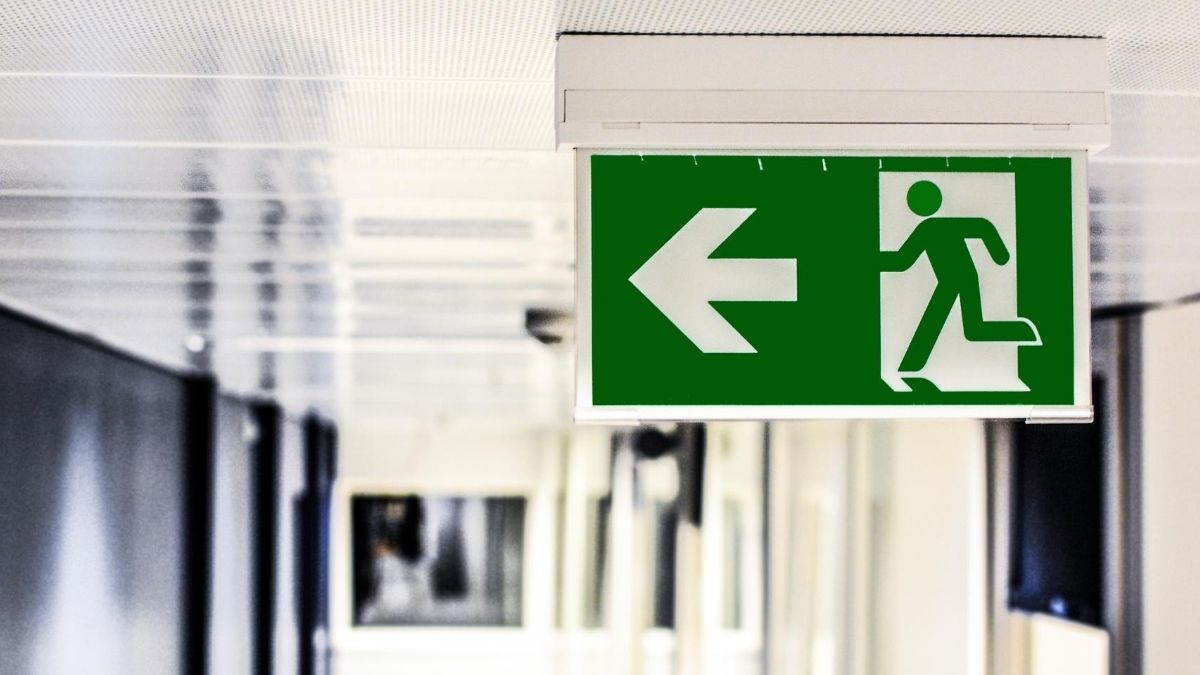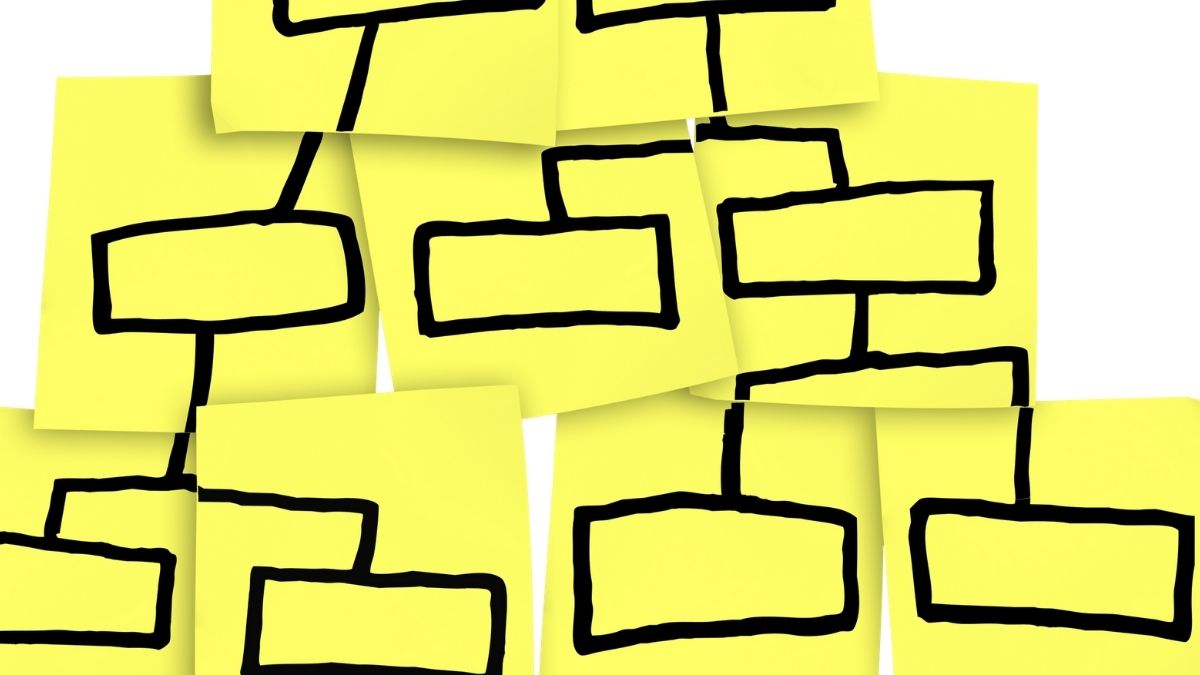By changing how we approach meetings and how we run meetings, we can connect and communicate without furthering meeting fatigue.
Since the start of the COVID-19 pandemic, the number of meetings per person has increased by 12.9%, and the number of attendees per meeting has increased by 13.5%. Our time spent in meetings has increased by 5%, and fragmented time (blocks of time to work shorter than two hours) has increased by 23%. Not only are people suffering from Zoom fatigue, but they are also suffering from meeting fatigue. Together, this is taking its toll on productivity, focus, engagement, and job satisfaction. Simultaneously, our need to connect and communicate with people, one-on-one, in teams, and as an organization is more important than ever.
To reconcile meeting fatigue and our increased need to connect and communicate with one another, we need to change how we approach and run meetings. This means going back to the basics and asking tough questions to transform meetings – and the organization.
Change
We need to start by changing how we approach meetings.
Conduct an assessment to understand better how meetings are impacting people and the organization. Place focus on identifying what works and what doesn’t. Once the data is gathered, bring the organization, units, or teams together to discuss the findings. From this discussion, set a collective goal, identify strategies that will help you achieve the goal, and establish ways to keep people accountable. Ensure that you set milestones and ways to monitor progress along the way. Finally, recognize that change takes time and that it is not easy; habits are not easy to break.
Back to the Basics
Before sending a meeting invite, identify your goal, and ask yourself if a meeting is the right channel to help you achieve this goal. Email, chat, text, or picking up the phone might be more effective than a meeting.
If you determine that a meeting is the right channel, think carefully about who needs to be included on the invitation. Again, this goes back to the goal. Who needs to be included in the meeting so that the goal can be achieved? It is easy to be inclusive, but being strategic about who you invite will improve the meeting’s effectiveness and help people be more productive: 67% of professionals say excessive meetings keep them from getting their best work done.
Send out an agenda before the meeting. Clearly state the meeting’s goal on the agenda and include roles and/or expectations you have for attendees.
Finally, keep the meeting on track and on task. More than one-third (34%) of professionals say they waste between two and five hours per week on calls or meetings that don’t accomplish anything.
By changing how we approach meetings and how we run meetings, we can connect and communicate without furthering meeting fatigue. We can also help to ensure that meetings are more effective and more productive.
Leaders need to transform their organizations to excel in this new environment and the future. As part of this transformation, leaders and organizations will need to change how they approach and run meetings.







